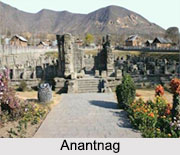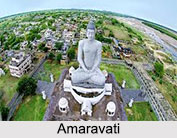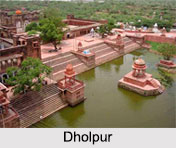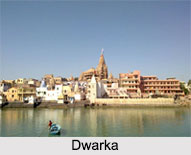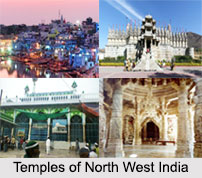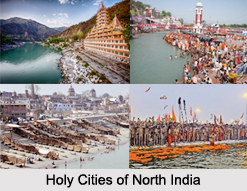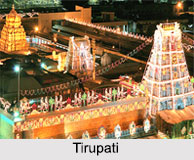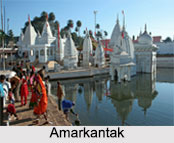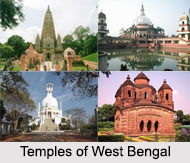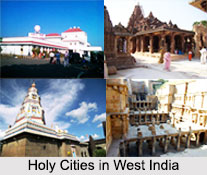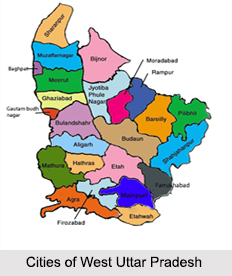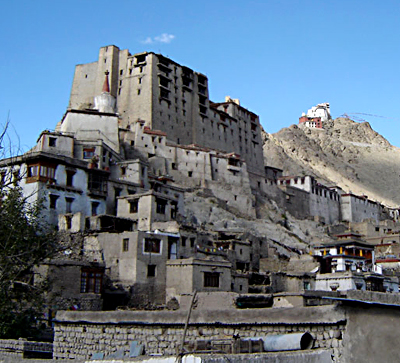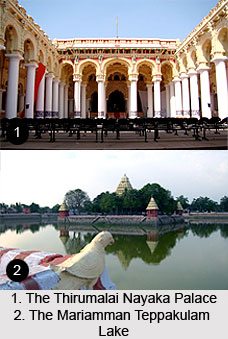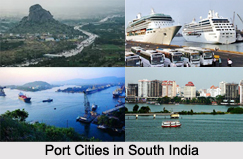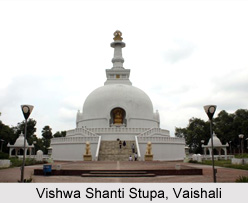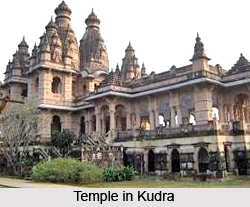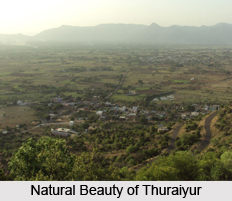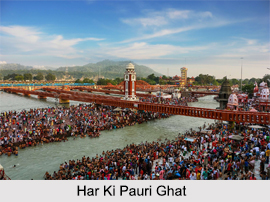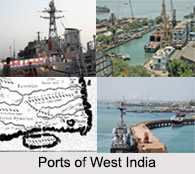 Port Cities of West India have established in the ancient era and later re developed by the British Government in India to have a good trade relations with western world. Some of the ports and the port cities of west India are Bhavnagar, Bharuch, Muziris, Porbandar, Surat, Mumbai and Jawaharlal Nehru Port (or Nhava Sheva Port).
Port Cities of West India have established in the ancient era and later re developed by the British Government in India to have a good trade relations with western world. Some of the ports and the port cities of west India are Bhavnagar, Bharuch, Muziris, Porbandar, Surat, Mumbai and Jawaharlal Nehru Port (or Nhava Sheva Port).
Mumbai Port
Mumbai Port is located at the mainland of west Mumbai, Maharashtra. It is the largest port in India. About one-fifth of the foreign trade of India predominantly in mineral oil and dry cargo is handled by Mumbai Port alone.
Kandla Port
Kandla Port is located in the Gulf of Kutch. It is one of the prominent ports on the West Coast of the country. The port was developed to decongest Mumbai Port.
Bhavnagar
Bhavnagar is a port city in the Bhavnagar district of the Saurashtra State region of the Gujarat state of India. Bhavnagar is well connected to other cities of Gujarat such as Ahmedabad, Vadodara and Surat, etc. by road, with bus services operated by the state-owned transport corporation
Bharuch
Bharuch is a port city at the mouth of the Narmada River in Gujarat. Bharuch is the administrative headquarters of Bharuch District. Bharuch has a port from the ancient era. The city has textile mills, chemical plants, long staple cotton, dairy products and much more.
Jawaharlal Nehru Port
Jawaharlal Nehru Port is the largest container port in India. It is located in the east of Mumbai in Maharashtra. The port is accessible with Arabian Sea, accessed via Thane Creek.
Porbandar
Porbandar is a coastal city in the Indian state of Gujarat. Porbandar has a significant tourism-led infrastructure and economy. Porbandar was formerly the seat of the Princely state in British India. The ruling family of Porbandar belonged to the Jethwa clan of Rajputs and had been established in the area since at least the mid-16th century. Porbandar was subordinate to the Mughal governor of Gujarat until being overrun by the Marathas in the latter half of the 18th century, where they came under the authority of the Gaekwad court at Baroda, and eventually of the Peshwa.
Surat
Surat is a port city situated on the banks of the Tapti River. Surat is a major hub of diamond cutting and polishing. The diamond cutters of Surat was emigrating from East Africa and established the industry in 1901 and, by the 1970s, Surat-based diamond cutters began exporting stones to the United States for the first time. Surat registered an annual GDP growth rate of 11.5 per cent over the seven fiscal years between 2001 and 2008.
